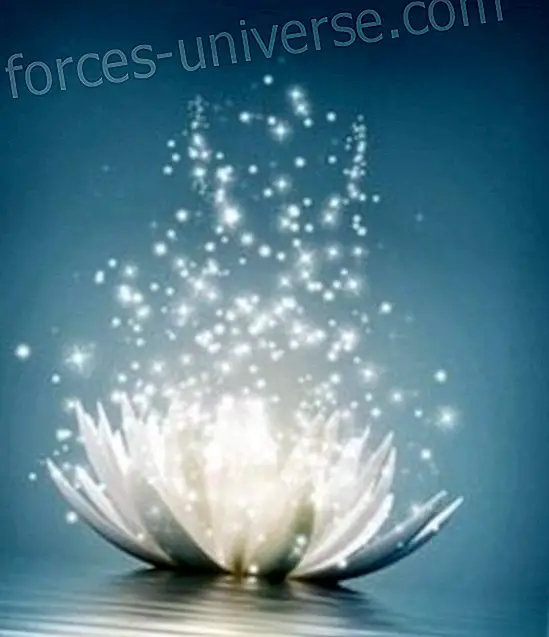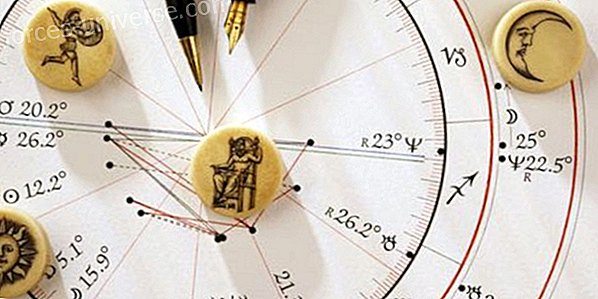This article will consist of one of the most talked about topics in recent times: happiness.
There are many tips that abound on this subject, the truth is, which of them will be right ?.
For example, since time was debated about happiness, Aristotle for his part believed that happiness was a way of life, so to be happy, you had to exercise virtue .
For Nietzsche, happiness was found through overcoming adversities and creating original ways of living.
Epicurus believed that accumulating money and power were not factors that generated happiness . Nor did he associate love as a central element to be happy.

Currently we are not alone with the philosophical definitions of happiness, but we go further.
The famous Argentine neurologist and neuroscientist Facundo Manes says that neither fame, nor power, nor money give happiness. What gives happiness is to have human ties, that gives well-being . Having human contact, contact with friends, with family, with a partner, etc. In addition, the famous neurologist clarifies that “ human beings are social beings, and we know that, on the other hand, feeling chronically alone kills us . This feeling of chronic loneliness is a much more important mortality factor than alcoholism and obesity, for example. ” Summarizing for this illustrious scientist, happiness is based on social ties.
For the tycoon Dr. Daniel Lopez Rosetti, an Argentine cardiologist, who for his part affirms that happiness exists and that it must be interpreted as a feeling of substance that facilitates or conditions well-being.
He goes a little further and says the following: “If stress is equal to suffering, then the opposite is happiness . But then is there happiness? Many people utopically believe that no, but yes, there is happiness and it can be measured. Medically it is called perceived subjective well-being and is measured throughout the world. Each person has different perceptions of well-being according to their quality of life, not standard of living. ” Because of this, he says that we must differentiate between quality of life and standard of living. Standard of living refers to tangible things, to possession, to the purchasing power of a person, however quality of life refers to whether that person enjoys what he has. Whether he earns a million dollars or 100 dollars (standard of living), but if that person enjoys that little or much he has, then he has a good quality of life.
Dr. Rosetti continues stating that “the quality of life is a difference between your expectation about certain variables, what you want from life and your experiential reality . If the difference between your experiential reality and what you aspire to is very high, this difference determines a low quality of life.
Quality of life is how happy you are with your experiential reality . If you with your experiential reality, when you analyze it objectively, and want to have this money, this of success, this of the other and the difference is very high. This delta or this difference will give you a degree of dissatisfaction that determines a low quality of life .

The U of happiness.
Dr. Rosetti comments that there is something that is the U of happiness . This was measured throughout the world, in general terms, the happiest people are people around the age of 20 because at twenty you have a future, you have dreams, you have a lot of things for build, then comes reality. Between 40 and 50 years the issues get a little more complicated . But there is good news, dear readers, at about 50 everything starts to be better, from 50 years up.
The U of happiness means that well-being “reappears” between 60 and 70 up
You know why? because the time comes when you value what you have, you don't want to have more, the few friends you have reach you, the life expectancy is different, you live the present time, you went through a lot of things and now what interests you are things of another order.
The u of happiness measures and then says that if you are happy at 20 and 60, at 60 you see different things, you begin to value what you have because the perspective of an end begins to seem, the perspective begins to appear of a present time. Between 46 and 50 we reason a lot . We are not rational beings, but emotional beings that reason. ”
Happiness in years.
The happiness curve is a study that has been carried out in most countries of the world. All these investigations reached similar conclusions, which determined a theory that could explain the curve of happiness. Happiness is considered to be given or rather conditioned by states of well-being, which may vary throughout life.
In this way, we can draw a U, at whose upper left we can imagine that we are 20 years old, this being the first peak of well-being. This well-being is given by the feeling of people that there is a great future ahead, they are full of hope, of projects, full of life, full of illusions, dreams and the strength to carry their utopias forward.

With the passage of time, reality is taking a scene in the life of a person, until finally it is the only protagonist of his attention, managing and perhaps erasing the illusions of the twenty-something. This is how after 40, the decay of these ideas, illusions, project begins, taking that place reality and exponentially increases cognitive functioning. Generally, a stage of excessive worry begins, due to the increase in reasoning, which if not controlled, for example through moments of stillness, meditation, etc. They lead to one of the greatest anguishes experienced by man.
The age at which happiness decreases markedly.
Between 40 and 50 years, according to this study we are, taking into account the graph of U, at the bottom of this curve . Obviously this strip can vary in years, according to the personal process of each human being. They are not fixed parameters, but only approximate, since each individual is unique and has its own times and rhythms.
This peculiar stage is characterized by the emphasis on the functioning of the upper part of our body, our cognitive functions, by the questioning about what we have done and what we have not, what we have achieved, how far we have come, the family, the friends. All issues that have to do with the chosen path of life.
Generally self-reproach, guilt appears and an important life crisis is often triggered . It should be clarified that every crisis is necessary and fundamental to our growth, so we do not cover it or deny it.
Now, if our whole being is calling us to live a crisis, let's live it, let's experience it because from that crisis the best version of ourselves will be reborn . Let's embrace this painful but, in the long run, such a beneficial experience.
This crisis is usually generated by the great difference between the goals we had set for ourselves and the reality experienced, that is, the difference between our life expectations and reality . If this difference is very large, we will probably experience one of the biggest crises of our life, but remember what is necessary and vital to it.

When the curve begins its ascent, happiness too.
After approximately 50 the curve begins to rise, this means that we begin to value things that we may not have valued before or did not even notice the fundamentals of their existence for us. This is how, as the years go by, one becomes aware or discovering the true pillars or foundations that make happiness. That is, the perception of well-being focuses on variables other than the previous decades. It is a time where the material, goes to the background, where relationships are the most precious treasure that one could have created .
What curve of happiness are you in?
REDACTORA: Gisela S., editor of the great family of the White Brotherhood.
SOURCE: https://www.lanacion.com.ar/2068830-la-u-de-la-felicidad






